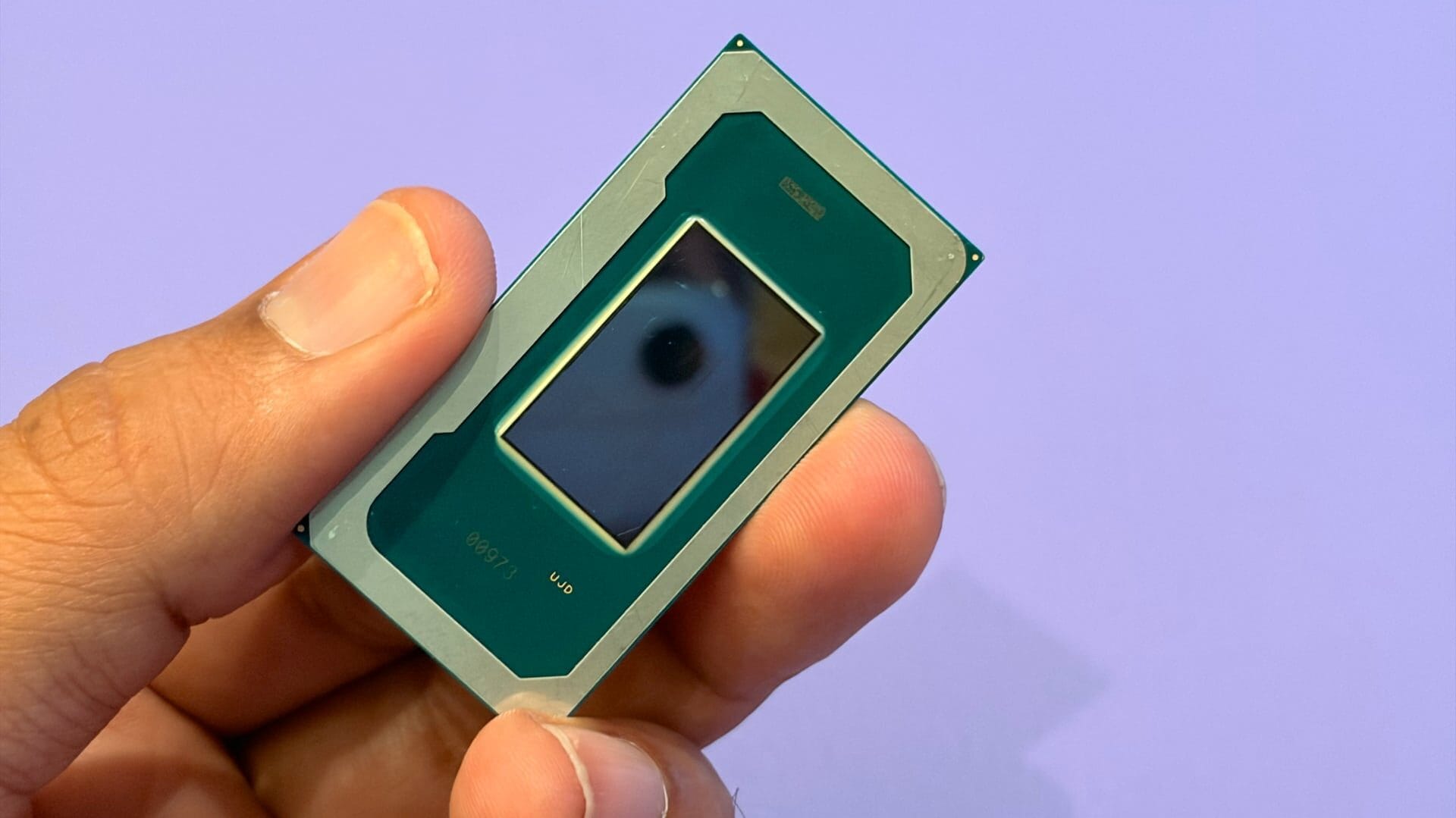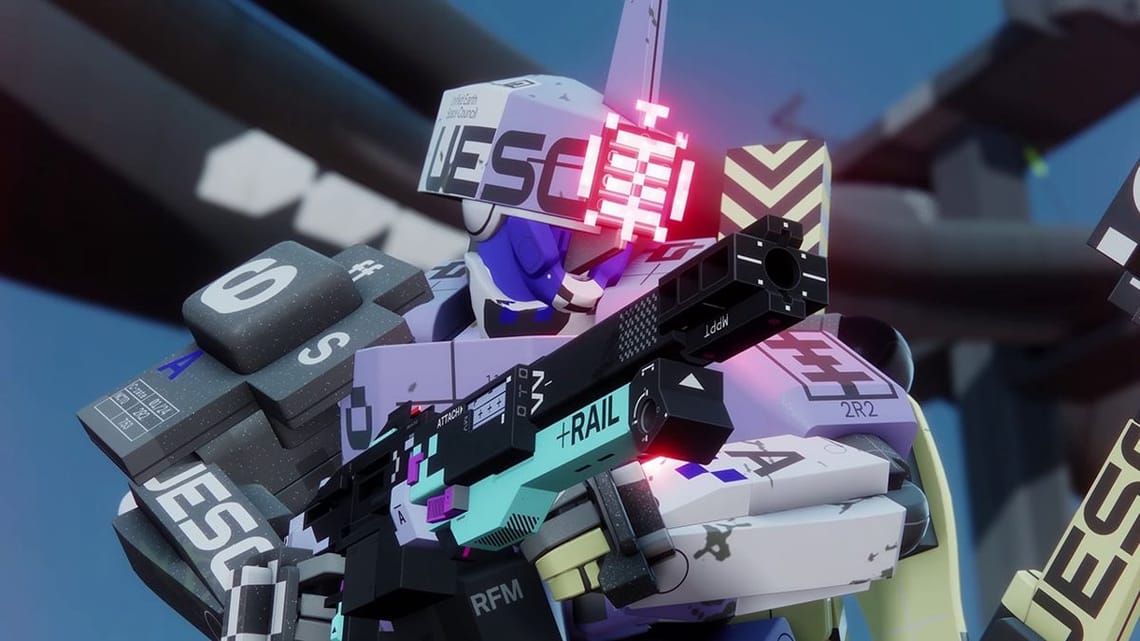Intel’s next client platform, Panther Lake, merges Lunar Lake’s power habits with Arrow Lake-class performance on Intel 18A. It brings XE3 integrated graphics, a reworked NPU5 with FP8, a bigger imaging pipeline, and smarter scheduling that keeps work on efficient cores until it truly matters. Systems start rolling out “from January,” according to Intel’s Arizona keynote.
What’s the big idea
A single, modular package that scales from thin laptops to performance designs, with predictability across Windows, ChromeOS and Linux.
- Built on Intel 18A with backside power and modular tiles.
- Up to 16 next-gen CPU cores plus XE3 iGPU and NPU5.
- About 50% more combined CPU+GPU performance vs Lunar Lake at similar or lower power.
- Rollout begins in January; plan SKUs and software now.
Why it matters: Intel is aiming for visible UX gains, not just nicer slides. The pitch is that apps behave predictably, the battery lasts longer off-charger, and AI features run locally without the fans sounding like a leaf blower.
Related reading for UAE buyers: Copilot+ class laptops and AI PCs we’ve covered recently, including Lenovo’s IFA range and Acer’s Swift Air 16.
1) Modular tiles and scalable fabric
Compute, GPU and PCH tiles scale independently and talk over a Gen2 fabric. The package can be tuned for thin-and-light or pushed for wider GPUs and more I/O.
- Partition-agnostic transactional protocol; IP-agnostic functional protocols.
- Compute tile: cores, memory subsystem, NPU5, IPU 7.5, media/display.
- GPU tile: XE3 scales as a unified device. PCH tile: I/O, security, platform.
What it means: OEMs get one platform to stretch across price bands. If you’re shopping in the UAE, you’ll see the same fundamentals in a business ultrabook and a thin gaming machine, just with different GPU slices, RAM type and PCIe lane counts.
2) Cores, scheduling and “containment zones”
New P-cores and E-cores improve IPC and throughput; Thread Director plus an SoC HFI table keeps workloads in the efficiency zone until they need promotion.
- P-cores: Cougar Cove; E-cores: DarkCore. Bigger shared caches.
- Front-end and memory upgrades: wider dispatch, better prefetch, larger TLB, multi-level branch prediction.
- Containment zones: Efficiency, Hybrid/Compute, Performance; promotions are triggered by UX demand.
What you’ll notice: Background video effects stick to low-power cores; full-tilt renders or Cinebench spin up all cores fast; games leave headroom for the GPU by starting worker threads on compute E-cores, improving FPS by up to 10%.

3) XE3 graphics: bigger cache, smarter shaders
The largest iGPU push Intel has done. More render slices, a doubled L2, variable register allocation, and ray units that move data faster. AI primitives arrive inside shaders via cooperative vectors.
- ~50% faster graphics and ~40% perf-per-watt uplift; 17–36% lower memory traffic.
- Micro-benchmarks: 2x ray transfer, 2x AF, 2.4x mesh, 2.7x scatter, up to 7x depth writes.
- Demo: AI “NeRF without geometry” at roughly 40 FPS using XMX and hardware RT.
Reality check: This isn’t a discrete GPU replacement, but it should lift thin-and-light gaming and creator previews. If you live in external-GPU-and-dock land, our creator laptop guide explains the I/O trade-offs.
4) NPU5 and IPU 7.5: local AI and better video calls
The NPU gets an area-efficient redesign with bigger MAC arrays and FP8. The imaging pipeline adds AI noise reduction and hardware HDR.
- Up to ~50 TOPS, ~40% more TOPS per area, FP8 support and programmable activation LUTs.
- FP8 cuts energy for some models by around 30% in Intel’s tests.
- IPU 7.5 (EyeView): AI-assisted noise reduction, local tone mapping, staggered HDR.
Local context: Copilot-class features benefit from NPUs. We’ve benchmarked similar Windows AI PCs and covered Snapdragon’s push on this front, which sets buyer expectations for battery and responsiveness.
5) Power, memory-side cache and configs
An 8 MB memory-side cache reduces DRAM traffic and bumps IPC, helping both idle battery life and sustained loads. Three main tiers cover most laptop segments.
- Cache: 8 MB near-memory buffer; SoC power improves vs Lunar Lake and Arrow.
- Memory options: LPDDR5 6.4–9.6 GT/s, or DDR5 up to 7.2 GT/s.
- Base: 4P+4E, Xe 4 cores, Wi-Fi 7 and TBolt. Performance: 4P+8E with more lanes. Top: 16-core with 12 Xe cores and up to ~120 GPU TOPS.
Buying angle: Watch for UAE configs that tout Thunderbolt and Wi-Fi 7. We’ve seen how TB5 and modern radios change daily use in new laptops here.
Availability: when to expect systems
Intel says the Panther Lake family “begins coming to market starting in January.” OEMs should be ready with day-zero drivers and AI features mapped across CPU/GPU/NPU.
- Expect a spread of designs rather than one launch day.
- Look for LPDDR5 9.6 GT/s in premium thin models and DDR5 in serviceable business configs.
- Software co-engineering aims for fewer “day one” hiccups.
Keep an eye on local AI PC launches and trade events in Dubai. We covered ASUS’ recent Techsphere stop, which is a decent bellwether for channel timing.
What process and design does Panther Lake use?Intel 18A with backside power in a modular, tile-based SoC that separates compute, GPU and PCH.
How many CPU cores are we talking about?Up to 16 next-gen cores in mixed P/E configurations depending on tier.
What’s new in the integrated graphics?XE3 adds more render slices, a doubled L2 to 16 MB, improved ray units, and brings matrix multiplies into shaders via cooperative vectors. Expect around 50% higher graphics performance.
What about on-device AI?NPU5 targets up to ~50 TOPS with FP8, INT8 and FP16 support. Intel cites ~30% lower energy for some FP8 runs.
When will laptops with Panther Lake arrive in the UAE?Intel says the family starts coming to market in January. UAE retail usually follows OEM global timelines by a few weeks, but exact local dates will depend on brand launches.
Subscribe to our newsletter to get the latest updates and news







